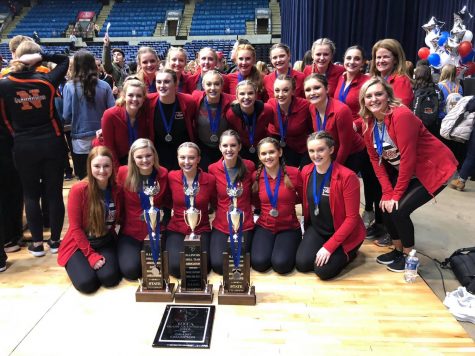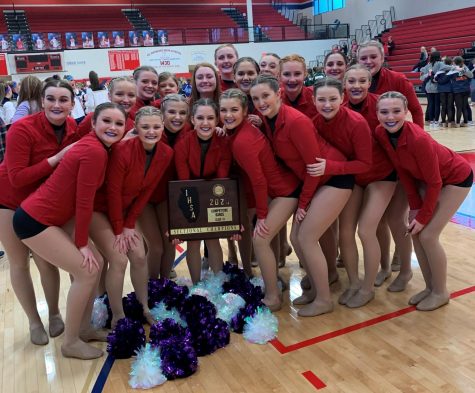How autism is represented in modern media
May 1, 2020
Autism is typically defined as a developmental disability associated with repetitive behavior and difficulties with communication and social interaction. This definition sounds simple enough, but autism exists on a spectrum, meaning symptoms vary within each individual. Some individuals with autism are highly intelligent and have vast vocabularies while others are completely nonverbal. Autism can also occur alongside a learning disability. This high variability can make it very difficult for autism to be portrayed well in the media.
The majority of media focusing on autistic characters includes only individuals with low support needs. These individuals are typically verbal, and while they usually have issues with communication and social interactions and rely heavily on routine, are mostly able to take care of themselves. Until the 2000s, autistic characters were mostly relegated to supporting roles, often having their disability used for cheap laughs with some notable exceptions such as Rain Man. Portrayals of explicitly stated autism on television include Max Braverman on Parenthood, Sam Gardner on Atypical, and Shawn Murphy on The Good Doctor. However, many characters who have not been canonically stated to be autistic have also made an impact, such as Spencer Reid on Criminal Minds, Sheldon Cooper on The Big Bang Theory, and Abed Nadir on Community.
Despite the good these shows have done for autism awareness, all of them, save The Good Doctor and Atypical after its first season, share one fatal flaw: they have no autistic writers or actors on staff. There is some debate about whether all autistic characters must be played by autistic actors, but the fact remains that autistic actors exist and are denied both autistic and neurotypical roles. Worse by far is the lack of autistic voices in the creative process. Without seeking to understand actual autistic individuals and get their insight, these shows all rely on stereotypes. Their autistic characters are all savants, geniuses who make up for their lack of social skills with intelligence. This approach to writing autism neglects many of the major challenges autistic people face while peppering in smaller ones to give the appearance of understanding.
One of the best ways to demonstrate this is through analyzing Atypical. In its first season, the show employed no autistic actors or writers, and many complained that Sam’s autism was too often the butt of the joke and that he seemed more like a checklist of symptoms than a person. For season two, autistic actors were hired to play members of a focus group Sam attends and autistic writer David Finch to consult. As a result, the show became more nuanced in its portrayal of Sam and the struggles he faces. Another even better example of good representation is Matilda from the new show Everything’s Gonna Be Okay played by Kayla Cromer. Cromer is autistic, and according to writer and creator Josh Thomas, often helps him to craft her dialogue on the show. Matilda’s love interest Drea is also autistic and is played by autistic activist and actress Lillian Carrier. Matilda is a masterful pianist, but this does not erase the difficult challenges she faces in daily life and when considering her future.
Although these depictions are groundbreaking and important, they barely scratch the surface of the complex and varied autism spectrum. One major predicament in portraying autistic characters with high support needs is that it is often impossible to hire actors and writers with those needs. These individuals often have accompanying intellectual disabilities and can be nonverbal, which presents issues with both their ability to follow or contribute to a script and more importantly their ability to consent to being on screen. Having neurotypicals play and write such characters is unquestionably offensive, and autistic writers and actors with low support needs differ such that it may not be wise to rely solely on their input.
Representation matters, and good autistic representation is few and far between. There is still a long way to go before we can adequately represent every aspect of the autism spectrum. It is important for us to elevate autistic voices and rely on their perspectives of their lives rather than our own.






